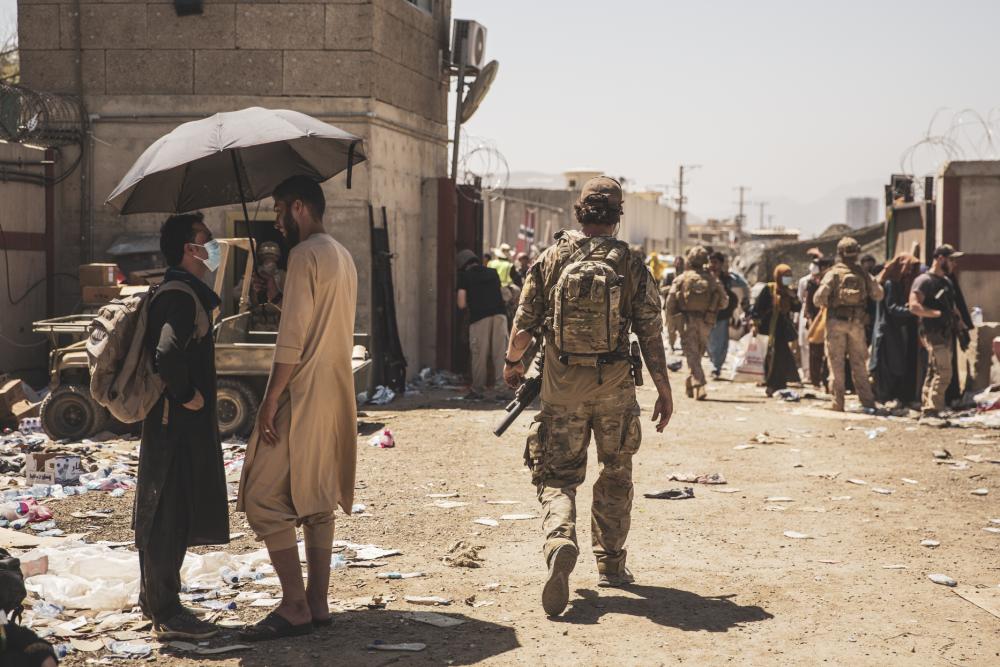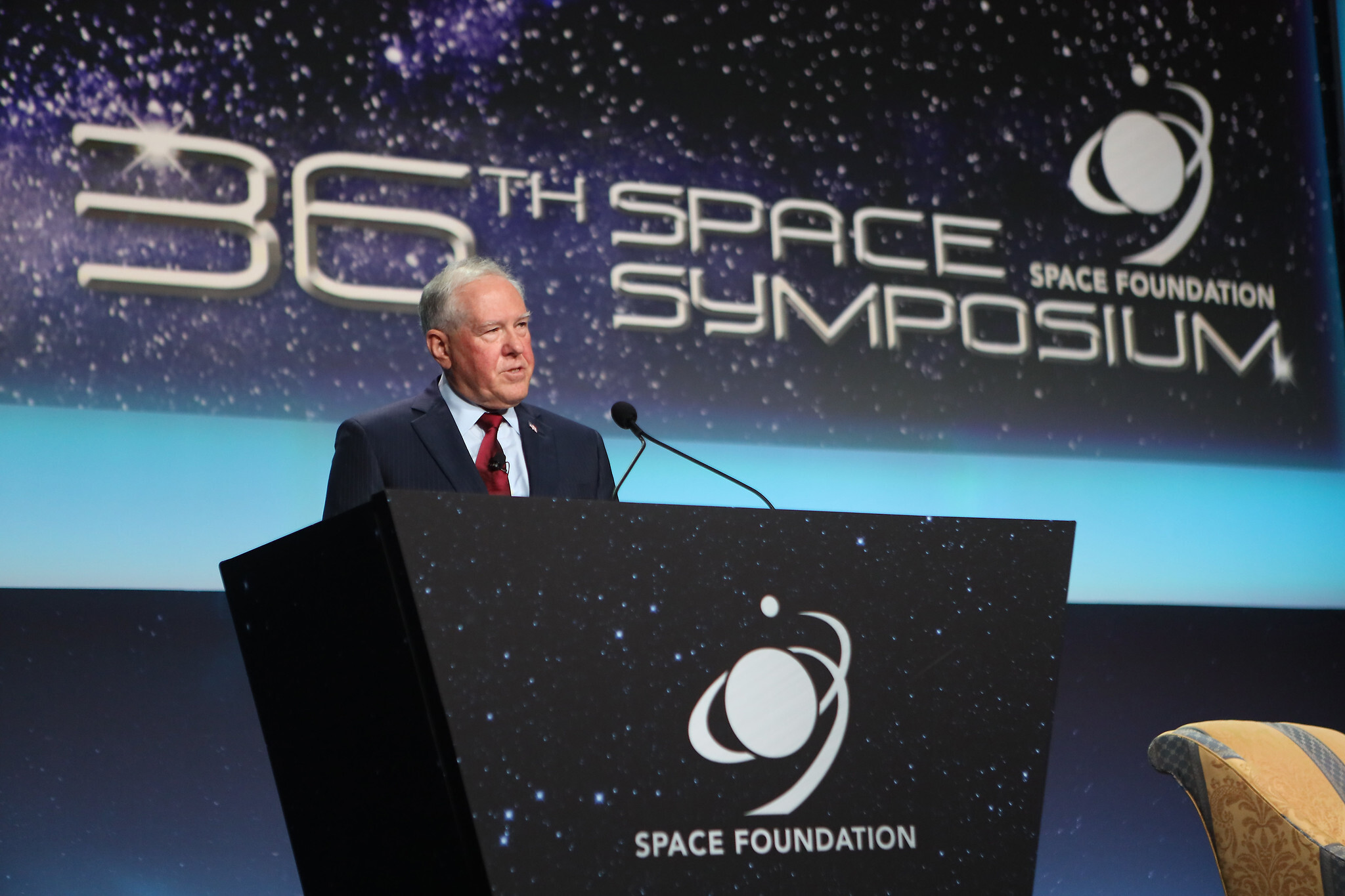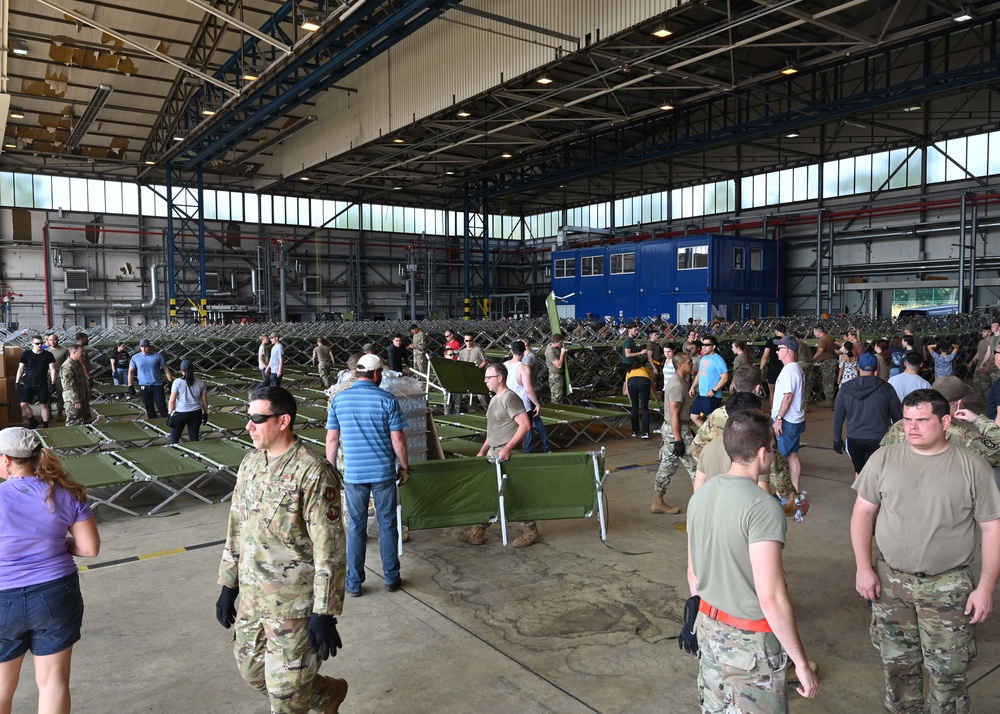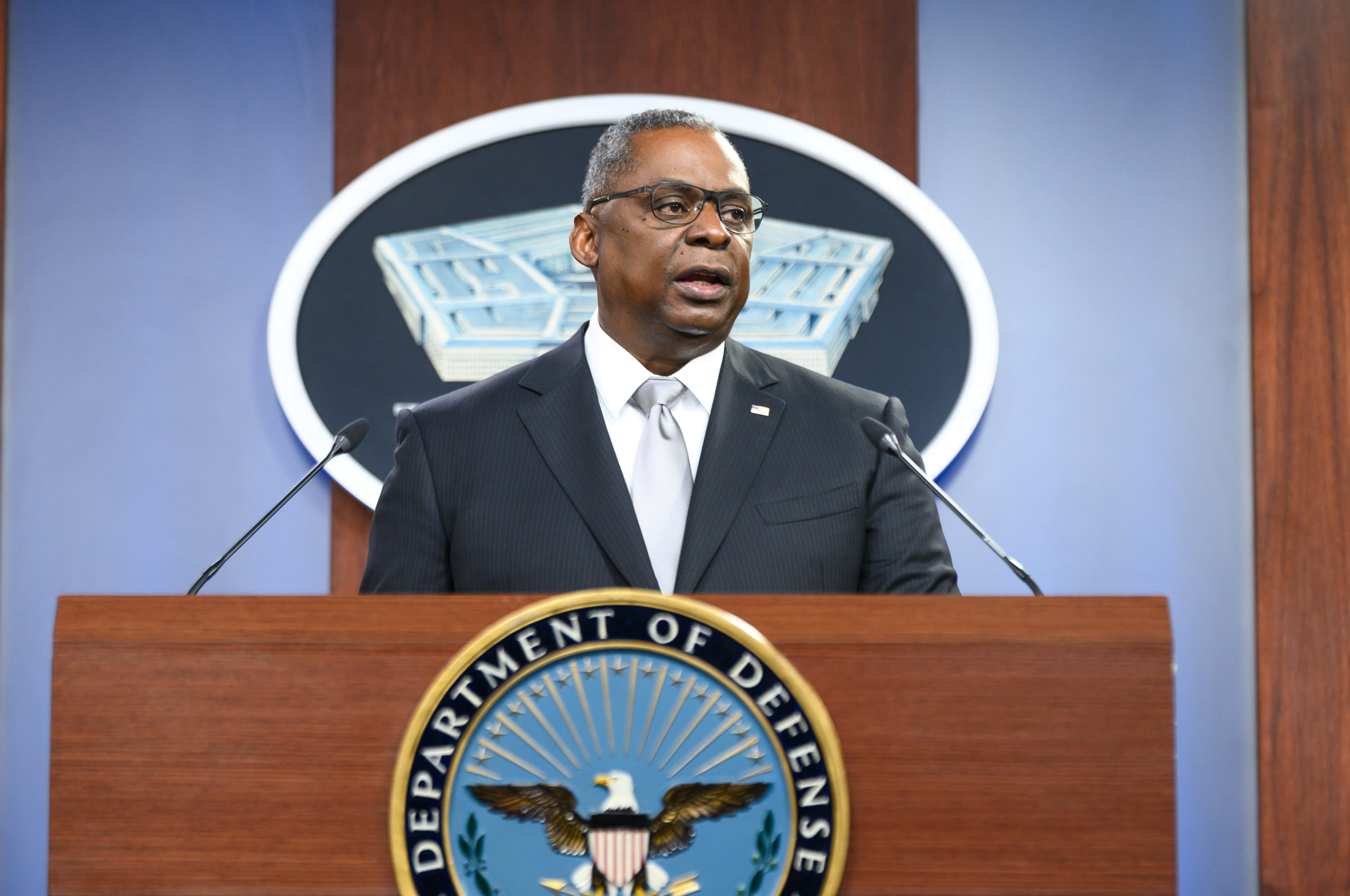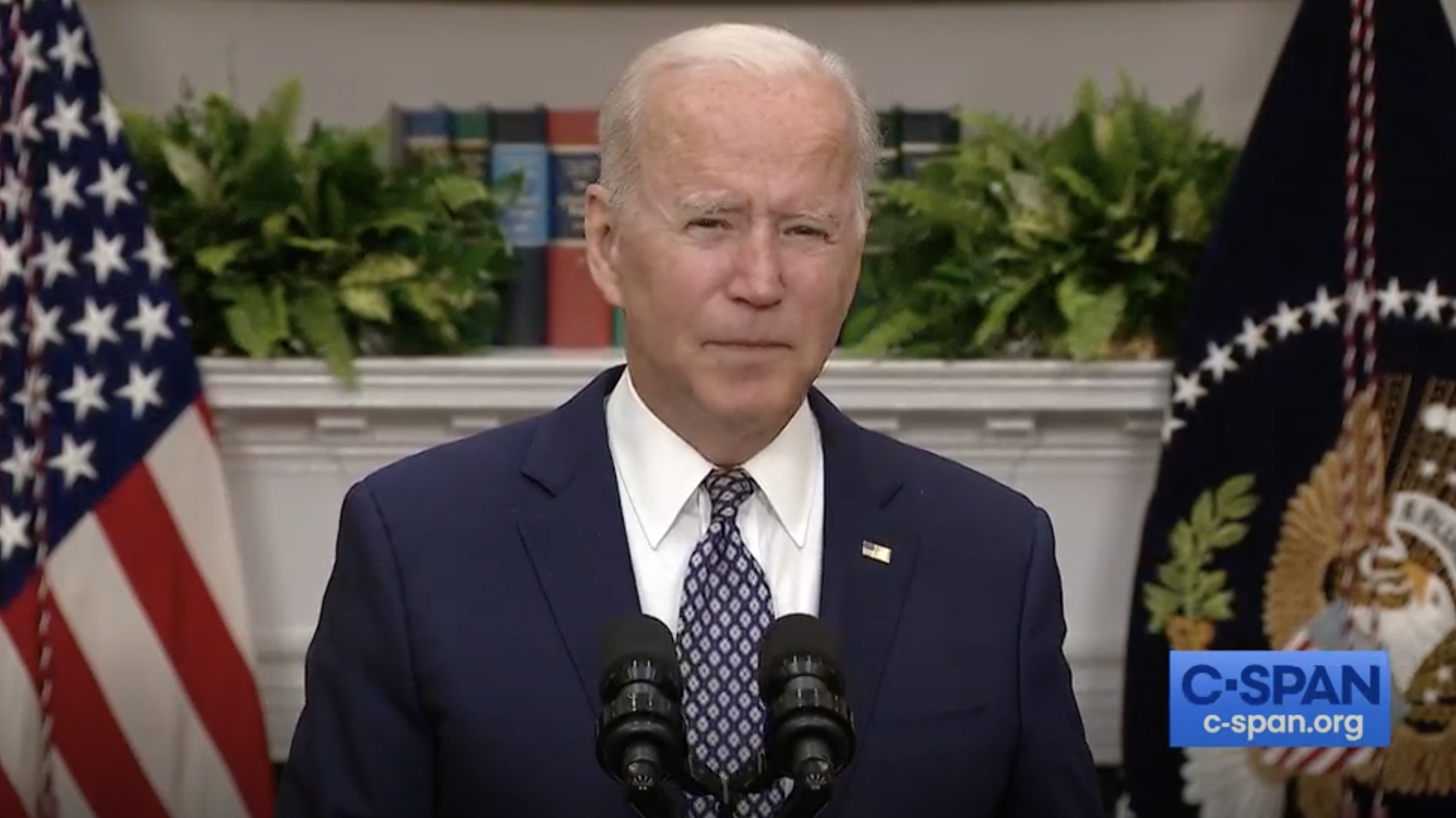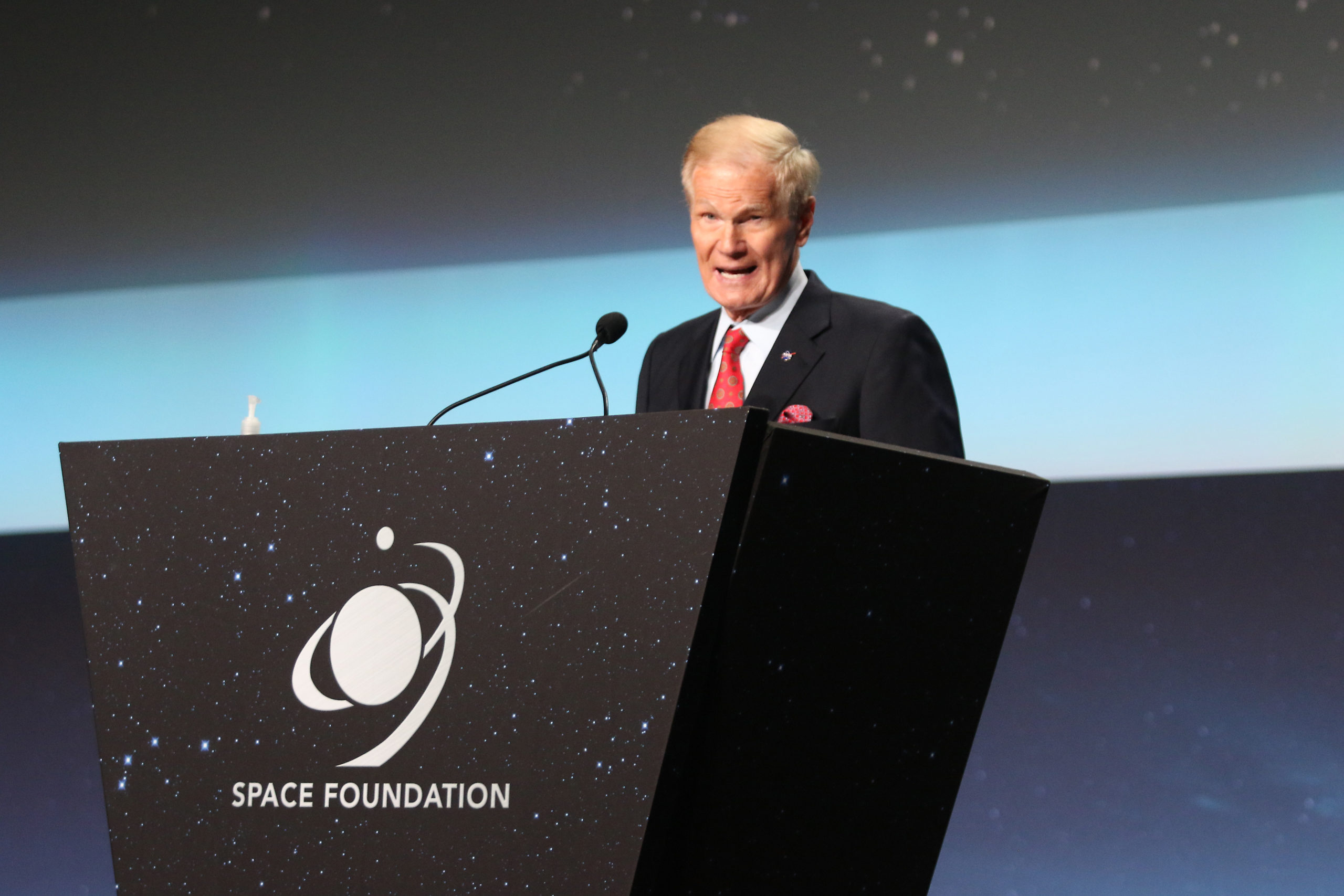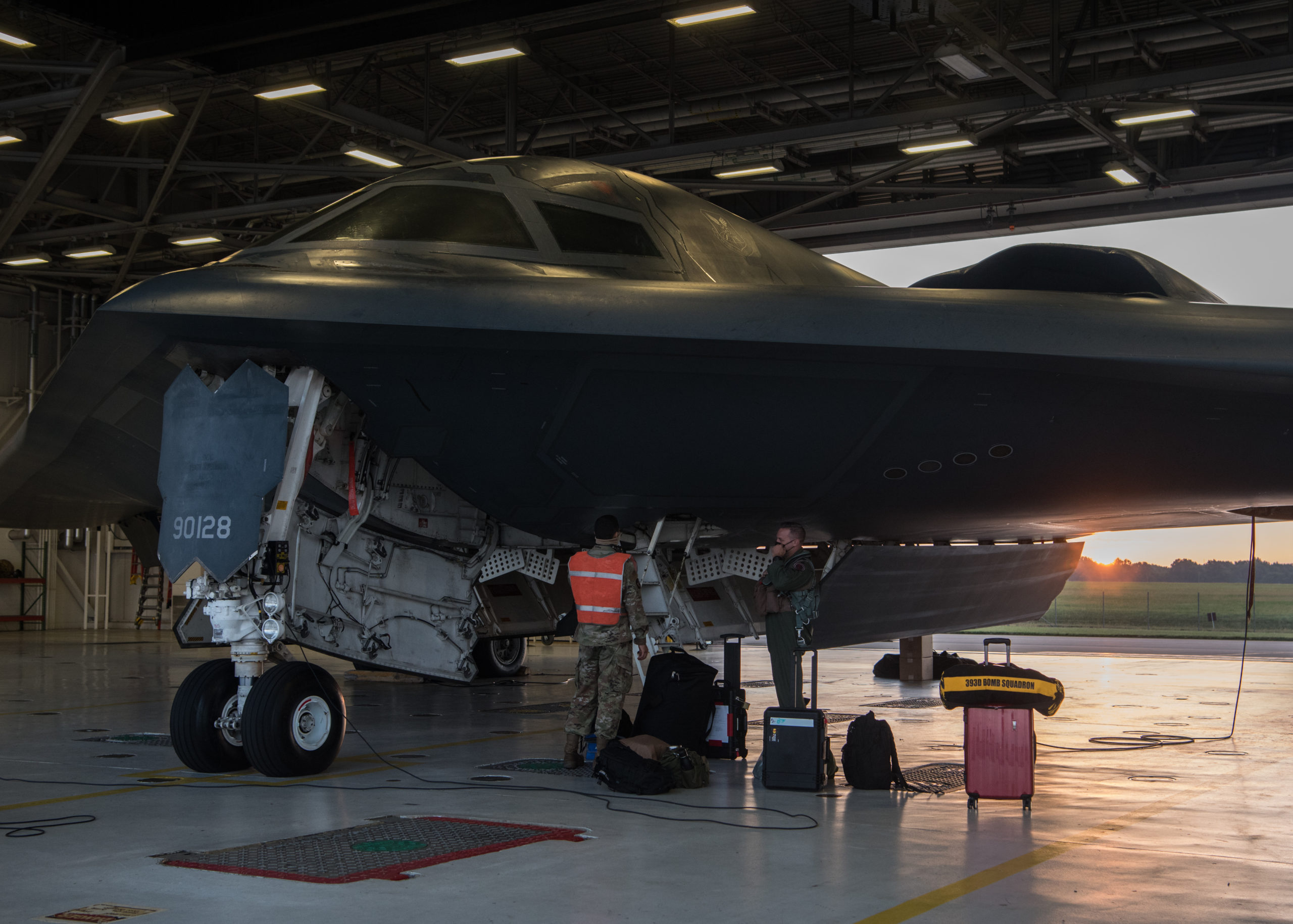Two programs to help prevent or mitigate the jamming of communication signals from satellites could become operational in 2022 and 2023, according to a top defense contractor.
Rico Attanasio, director of tactical military satellite communications for Boeing Defense, Space, and Security, briefed reporters on the programs Aug. 23 at the Space Symposium in Colorado Springs, Colo.
Boeing’s legacy Wideband Global SATCOM constellation of 10 military communications satellites provides “a majority” of the military’s “high-data-rate SATCOM capability,” supplemented by commercial contracts to add resilience and meet demand, Attanasio said.
“And that demand just keeps growing,” he said. “Today’s platforms generate tons of data, right?” At the same time, threats have to be contended with that could disrupt WGS communications for users on the ground. “They have to have that connection,” he said. “That’s vital.”
Attanasio said Boeing often develops technology commercially that it then applies on the government side of the business, including space technology over the decades. He equated the advances Boeing is trying to make in satellite broadband with the advancement of smartphones and smart houses.
He provided updates on some of those advances, including MAJE, or Mitigation and Anti-Jam Enhancement, a ground-based upgrade to the WGS constellation that takes advantage of the satellite fleet’s inherent “flexibility and reprogrammability” to “geolocate interferers and mitigate them with beam shaping.”
MAJE is expected to locate sources of jamming, or interference, and reshape a satellite’s coverage area to exclude those sources and lower the signal interference.
A series of virtual tests in the last quarter of 2020 proved the system could locate sources of interference. Boeing is “in the process of preparing to do the steps it takes for final checkout and deployment,” Attanasio said.
He said MAJE will be deployed at five ground stations around the world over the course of several months starting in 2022.
Meanwhile, initial operational capability on another anti-jamming system could happen by the second quarter of 2023.
PTES, or Protected Tactical Enterprise Service, would allow two radios, for example, to communicate via a government-developed wave form with “anti-jam capability,” Attanasio said. Boeing’s part of the project is to develop “the system around it—how do we manage it, how does it work, and so forth.”
He said PTES has proved to be a “true agile development program,” with rapid iteration and partners collaborating in the cloud. Boeing and MIT Lincoln Lab demonstrated “the PTES capability” in recent weeks using a commercial satellite.

